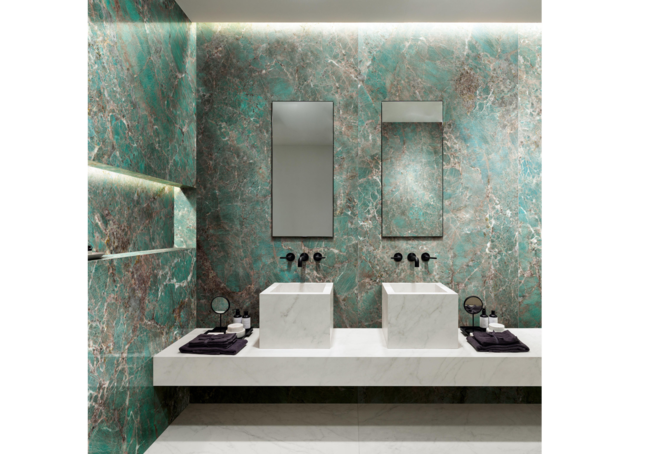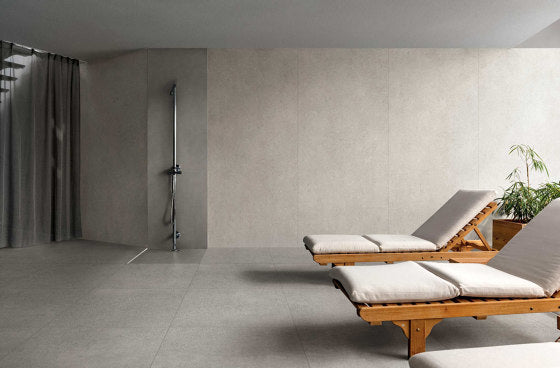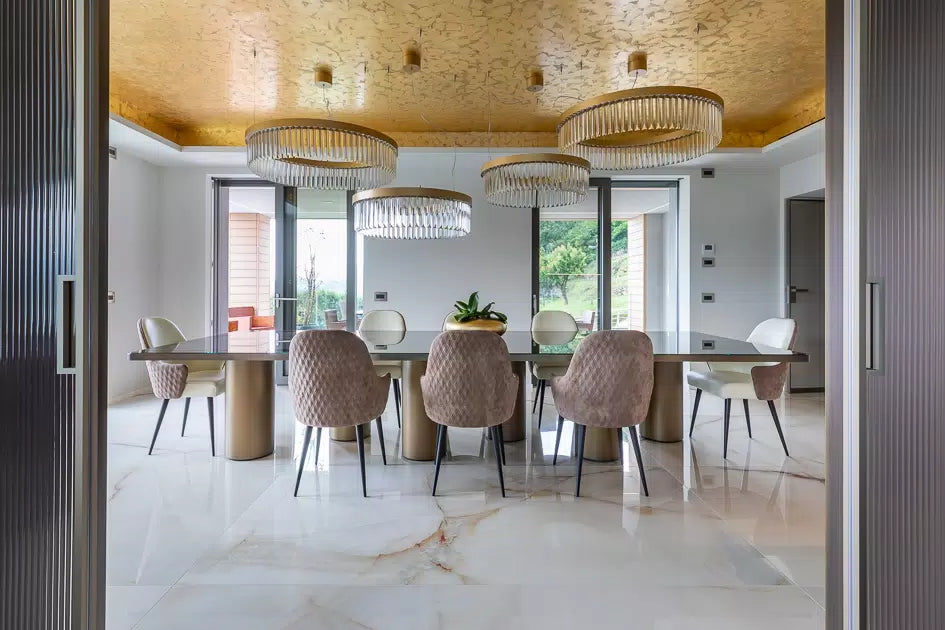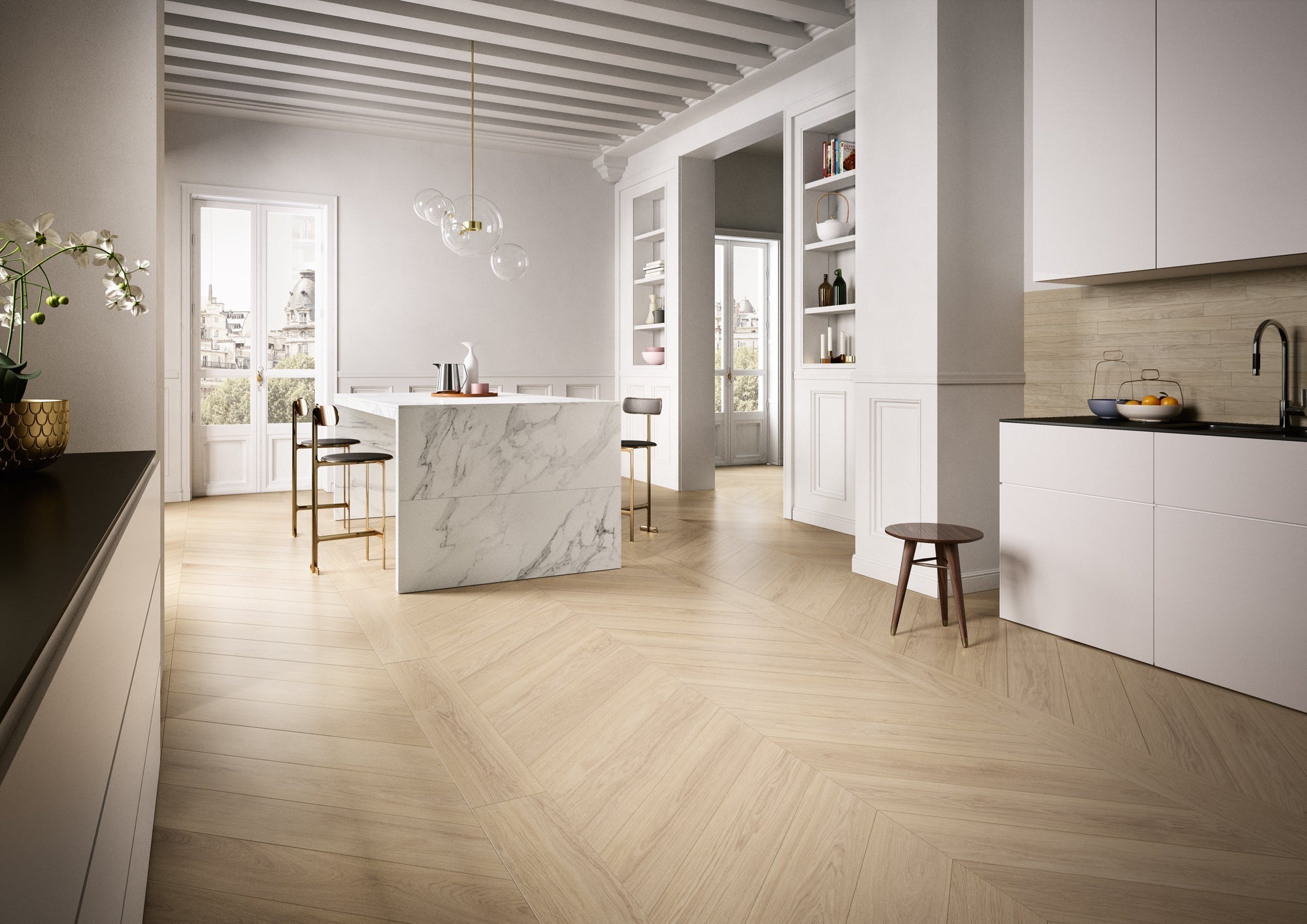Minimalist design is one of the most elegant and functional trends today. Its premise is based on the idea of “less is more”, eliminating the superfluous and prioritizing harmony, light and quality over quantity. However, a minimalist space does not mean empty or characterless. The selection of materials, textures and furniture plays a key role in achieving a sophisticated and personality-filled design.

1. The basis of design: selection of suitable floors
Flooring is one of the most important elements in a minimalist space. Its material and finish should convey a sense of spaciousness, cleanliness, and sophistication. Some of the best options include:
Wooden floors
Natural wood brings warmth and balance to minimalist spaces. Light tones, such as oak or ash, are ideal for creating a feeling of spaciousness and light. In contrast, dark tones such as walnut or ebony create a more elegant and sober atmosphere.
Marble floors
Marble is a timeless and refined choice. Its polished surface and natural veins add depth and an air of exclusivity. In minimalist interiors, marbles in white and grey tones are the most recommended, as they maintain neutrality and allow other decorative elements to stand out.
2. Walls with character: tapestries and textured finishes
Although minimalism favours neutral colours, this does not mean that walls have to be completely plain or monotonous. There are various options to give them personality without overwhelming the room.

Tapestries in neutral tones
Tapestries with subtle textures, geometric patterns or linen or silk finishes can add depth without breaking the minimalist aesthetic. Beige, grey or off-white tones are ideal for maintaining coherence in the design.
Wood panels
Incorporating wood into walls creates an interesting contrast and adds a sense of warmth. It can be used on an accent wall to balance large spaces with cool surfaces such as marble or concrete.
Paintings in matte finish
The use of matte paints in neutral tones reinforces the idea of simplicity without unnecessary reflections. In environments where natural lighting is abundant, this type of finish softens the light and creates an enveloping feeling.
3. Furniture: elegant design with clean lines
Minimalist furniture is characterized by its functionality and clean design. Each piece should serve a purpose and contribute to the visual harmony of the space.

Sofas and armchairs
Choose models with straight lines and upholstery in natural fabrics such as linen or velvet in neutral tones. Modular designs allow for adaptability without overloading the room.
Tables and surfaces
Materials such as marble, solid wood or tempered glass are the most commonly used for coffee and dining tables. Smooth finishes and designs with thin legs or floating structures are preferred to maintain visual lightness.
Hidden storage
To avoid visual clutter, it is advisable to choose furniture with integrated storage, such as benches with compartments or built-in shelves.
4. The importance of rugs in minimalist design
Rugs are an essential element in minimalist decor, as they add warmth and help define spaces without overwhelming the environment. In a living room, a well-chosen rug can unify the furniture and create a sense of visual harmony.
Opting for neutral tones and subtle textures keeps the aesthetic clean and elegant, while a design with discreet patterns can add a touch of personality without breaking the simplicity of the surroundings. For a balanced effect, it is advisable to choose a large-sized living room rug that covers a significant portion of the area and helps to structure the space naturally.
5. Lighting: the key to highlighting the design

Lighting in a minimalist space must be functional and strategic. The combination of natural light with well-positioned artificial lighting sources allows the materials and textures present in the environment to be highlighted.
Conclusion
Designing a minimalist space doesn't mean eliminating personality or style. The key is in the careful selection of materials, furniture and accessories that provide elegance and functionality without overloading the environment.
The use of floors such as wood or marble, walls with textured finishes, clean-lined furniture and well-chosen rugs can create a balanced and sophisticated environment.
If you are looking for unique pieces to complement a minimalist space, at Interni you will find high-quality options that combine design and functionality.





